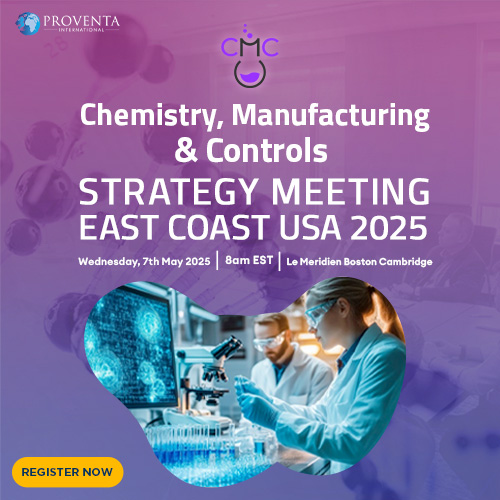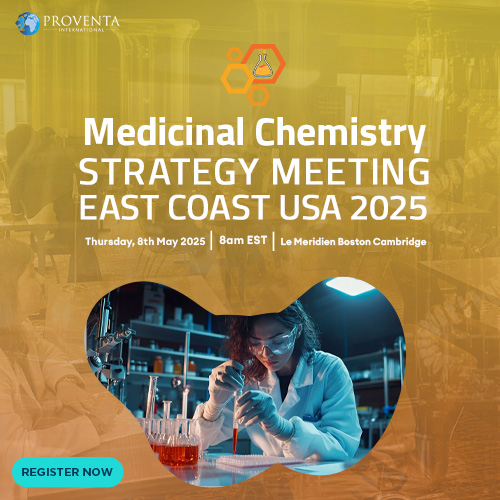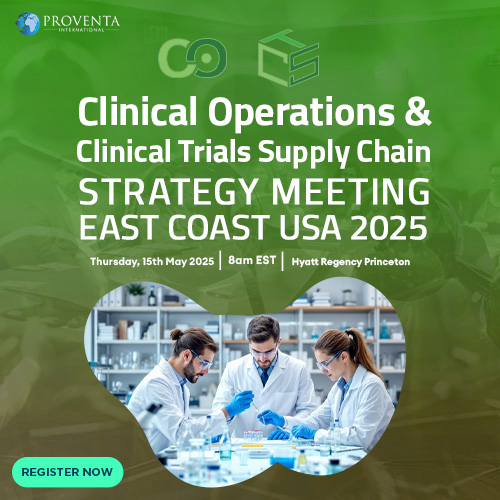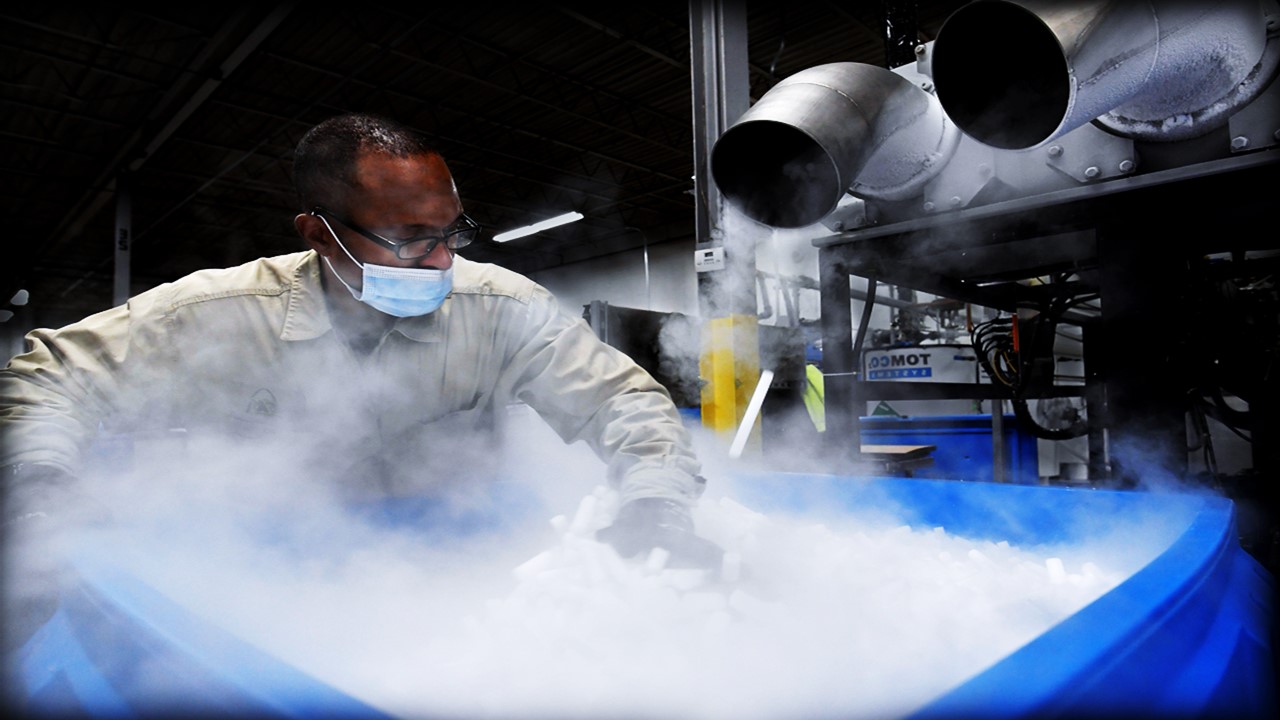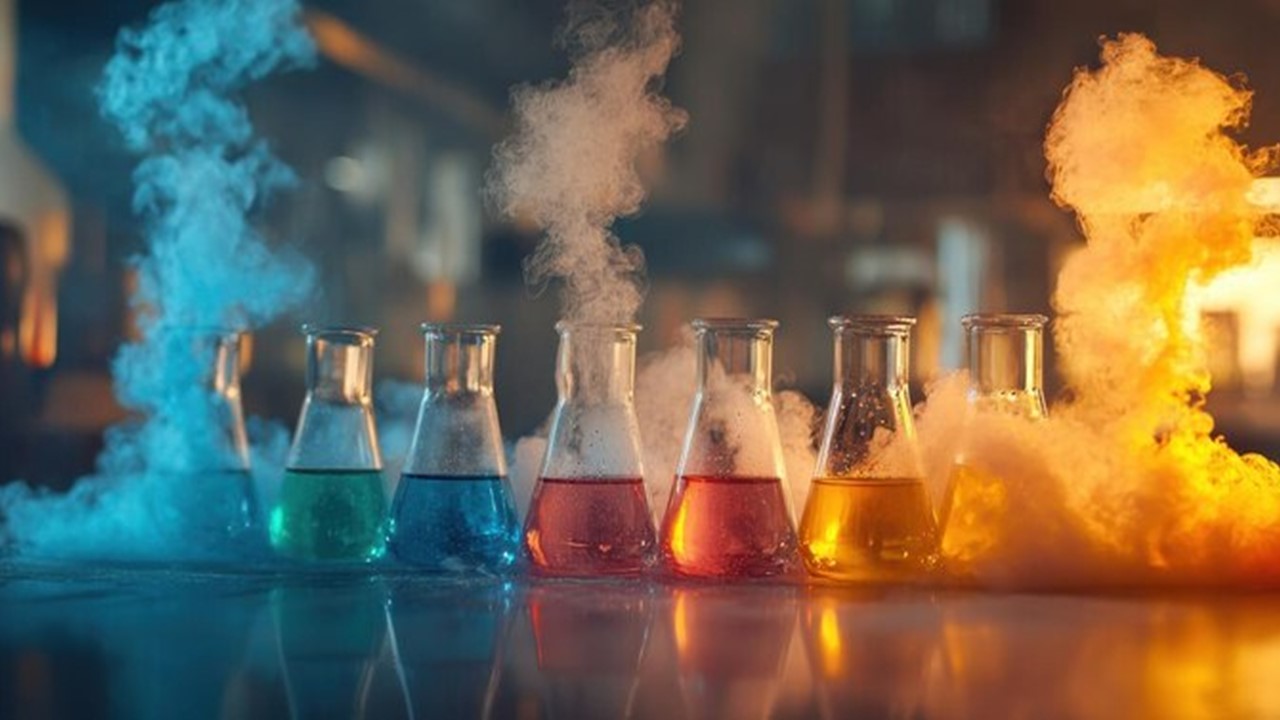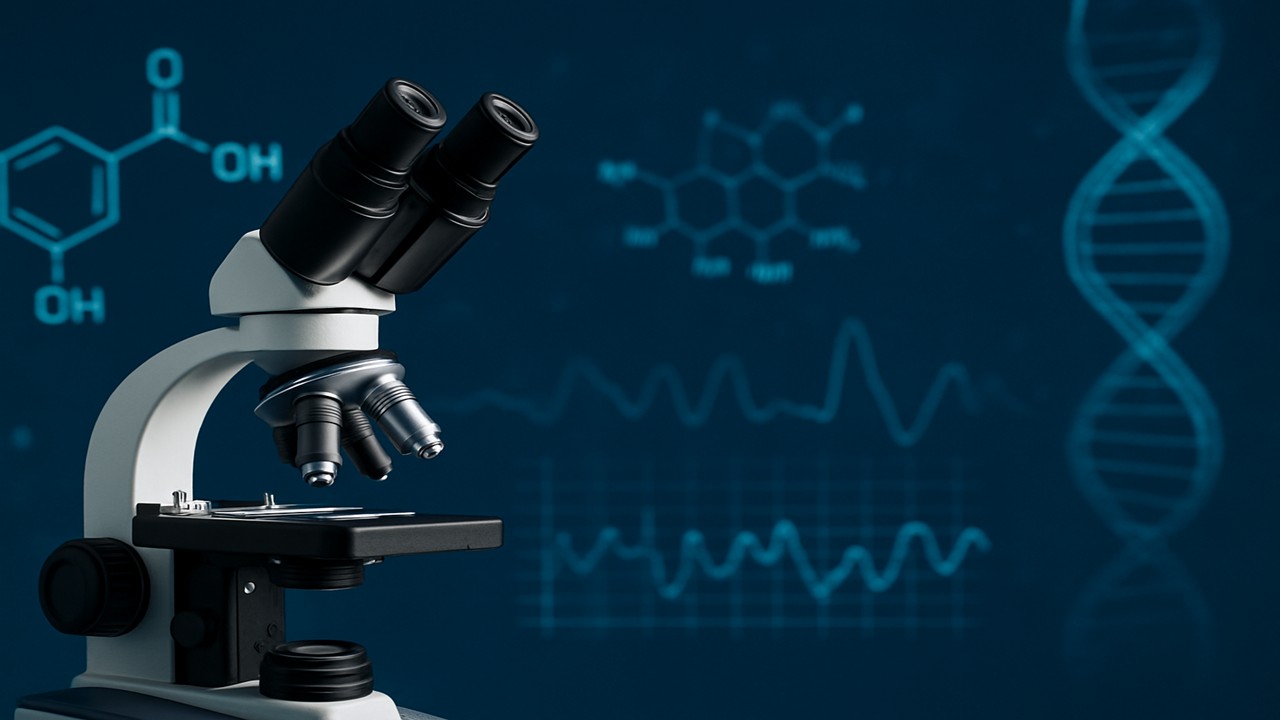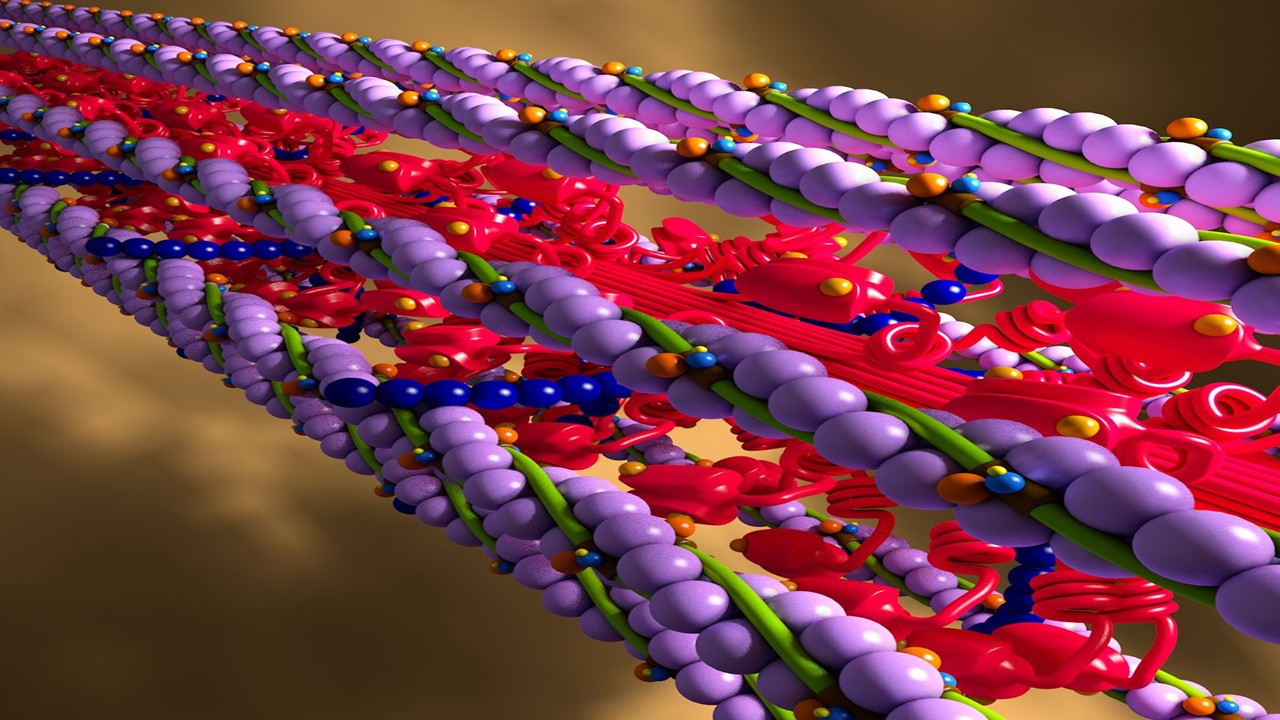Pharmaceutical manufacturing operates at the intersection of precision chemistry, engineering efficiency, and regulatory compliance. The production of Active Pharmaceutical Ingredients (APIs) demands robust, scalable, and economically viable processes to meet the rising global demand for high-quality therapeutics. To achieve this, process intensification (PI) has emerged as a transformative approach, integrating advanced chemical synthesis, modular production systems, and high-throughput process analytical technology (PAT).
In the context of Chemistry, Manufacturing, and Controls (CMC), process intensification ensures that APIs meet stringent critical quality attributes (CQAs), while optimizing the critical process parameters (CPPs) that govern reaction efficiency, impurity profiles, and overall yield. This article delves into the cutting-edge innovations shaping API production, from synthetic route optimization to intensified upstream and downstream bioprocessing, all while aligning with Quality-by-Design (QbD) principles.
The Shift to Continuous Flow Chemistry
The shift from traditional batch manufacturing to continuous flow processing is at the heart of process intensification. Batch reactors, though widely used, often suffer from inefficiencies, long cycle times, and batch-to-batch variability. In contrast, continuous flow reactors operate under steady-state conditions, offering improved reaction kinetics, tighter residence time control, and enhanced mass transfer coefficients (kLa values).
Key advantages of continuous flow synthesis include enhanced mixing efficiency due to reduced diffusion distances and turbulent flow regimes, superior heat transfer with improved temperature control, minimizing the risk of side reactions, scalability with seamless process transfer, where lab-scale development directly translates to large-scale GMP production without extensive re-optimization, and safer handling of hazardous reagents, particularly in exothermic or highly reactive transformations.
For API synthesis, heterogeneous catalysis and biocatalytic transformations have been integrated into flow chemistry platforms, facilitating high-yield reactions with reduced solvent consumption. Photoredox catalysis, electrochemical synthesis, and immobilized enzymatic reactors are now being implemented to streamline complex multistep transformations in a single, intensified process.
Smart Reactor Engineering
Beyond conventional flow reactors, microreactor technology and spinning disc reactors (SDRs) are gaining traction in high-yield API production. Microfluidic reactors, with their ultrafine control over mass and heat transfer, allow for precise stoichiometric control and minimized impurity formation. These are particularly beneficial for asymmetric catalysis, organometallic reactions, and chiral API production.
Additionally, high-gravity (HiGee) rotating packed bed (RPB) reactors exploit centrifugal forces to enhance interfacial mass transfer, accelerating reaction kinetics beyond traditional stirred-tank reactors. This approach has demonstrated significant efficiency gains in hydrogenation, esterification, and crystallization steps.
Emerging plasma-assisted synthesis technologies are also enabling the direct activation of inert molecules, bypassing conventional thermal or catalytic routes. Non-equilibrium plasma reactors allow for highly selective functionalization of pharmaceutical intermediates, opening new avenues for intensified synthetic chemistry.
Upstream Intensification in Biopharmaceutical API Production
For biologics and monoclonal antibody (mAb) production, process intensification strategies in upstream bioprocessing focus on maximizing cell culture productivity, volumetric yield (g/L), and product consistency. This requires a multipronged approach, integrating advanced cell line engineering, high-density perfusion culture, and real-time PAT monitoring.
High-Cell-Density Perfusion Bioreactors
Traditional fed-batch bioprocessing is being replaced by perfusion culture, where tangential flow filtration (TFF) and alternating tangential flow (ATF) systems continuously remove metabolic waste while retaining high cell densities. This results in longer productive runs (up to 60+ days), significantly increasing titers compared to batch processes.
Next-Generation Expression Systems
CHO-K1, HEK293, and GS-knockout cell lines have been optimized for higher recombinant protein expression. CRISPR/Cas9 and transposon-based genetic modifications allow for rapid stable cell line development, reducing upstream development timelines.
High-Throughput Process Optimization
Automated Ambr® mini-bioreactors enable rapid DoE (Design of Experiments)-driven screening of optimal media formulations, feed strategies, and process conditions. Raman spectroscopy, dielectric spectroscopy, and capacitance-based sensors provide real-time insights into viable cell density (VCD), glucose consumption, and lactate accumulation, ensuring adaptive process control.
Downstream Process Intensification
Downstream purification remains a bottleneck in API production, often constituting 50-80% of total manufacturing costs. Process intensification strategies in chromatographic separations, membrane-based purification, and AI-driven optimization are transforming API recovery and purification.
Multicolumn Countercurrent Solvent Gradient Purification (MCSGP)
Unlike traditional batch Protein A affinity chromatography, continuous countercurrent chromatography allows for improved column utilization, reducing resin costs and increasing throughput. This is particularly beneficial in mAb production, insulin purification, and viral vector manufacturing.
Membrane-Assisted Purification (Ultrafiltration/Diafiltration – UF/DF)
Hollow-fiber membranes, nanofiltration systems, and virus-retentive filters (e.g., Planova 20N) are replacing multi-step precipitation methods, reducing solvent waste and increasing product purity.
AI and Digital Twin Modeling for Purification Optimization
Advanced machine learning (ML) algorithms are now predicting binding capacities, elution profiles, and column fouling rates, optimizing resin lifetime and buffer consumption. Digital twins, or real-time computational models of purification processes, enable predictive control, ensuring batch-to-batch consistency while reducing deviations.
Sustainability and Green Chemistry in API Manufacturing
Process intensification aligns with sustainable pharmaceutical manufacturing, focusing on reducing E-factor (waste-to-product ratio), solvent usage, and energy consumption. Key green chemistry innovations include bio-derived solvents (e.g., Cyrene™, γ-valerolactone) as replacements for traditional petroleum-based solvents, solvent recycling and hybrid distillation/membrane processes to recover and reuse process solvents, carbon-neutral enzymatic synthesis pathways, eliminating the need for harsh reagents, electrochemical synthesis strategies that leverage renewable electricity sources for oxidation/reduction reactions.
Future Outlook: AI-Driven Process Control and Modular GMP Manufacturing
Looking ahead, artificial intelligence (AI), robotics, and continuous real-time process analytics will drive the next phase of process intensification:
AI-Powered Predictive Control, where adaptive feedback loops will enable automated process adjustments based on real-time PAT data and neural network models will optimize synthesis conditions, reducing deviations in API purity;
Modular, On-Demand GMP Manufacturing, where Pharma 4.0-enabled factories will use prefabricated modular cleanrooms equipped with fully integrated continuous production skids and decentralized API synthesis units will allow for localized production, reducing supply chain disruptions; and
Regulatory Adaptation to Intensified Processes, where ICH Q13 guidelines on continuous manufacturing are paving the way for regulatory harmonization and regulatory sandboxes may soon allow pharma companies to test real-time release strategies (RTRT) for intensified processes.
Conclusion
Process intensification represents a paradigm shift in CMC and biopharmaceutical manufacturing, integrating cutting-edge reaction engineering, digital analytics, and sustainability practices. By transitioning from batch to high-throughput, continuous, and AI-driven processes, the pharmaceutical industry is poised to deliver higher-yield APIs with enhanced efficiency, cost-effectiveness, and environmental responsibility. As the industry embraces QbD, PAT, and Pharma 4.0, process intensification will redefine the future of pharmaceutical manufacturing.
Engr. Dex Marco Tiu Guibelondo, B.Sc. Pharm, R.Ph., B.Sc. CpE
Subscribe
to get our
LATEST NEWS
Related Posts

Manufacturing & Logistics
Modern Supply Chain Dynamics: Integrating Real-Time Logistics with Blockchain Technology
The convergence of real-time logistics systems and blockchain technology is still in its nascent stages, but the trajectory is promising.
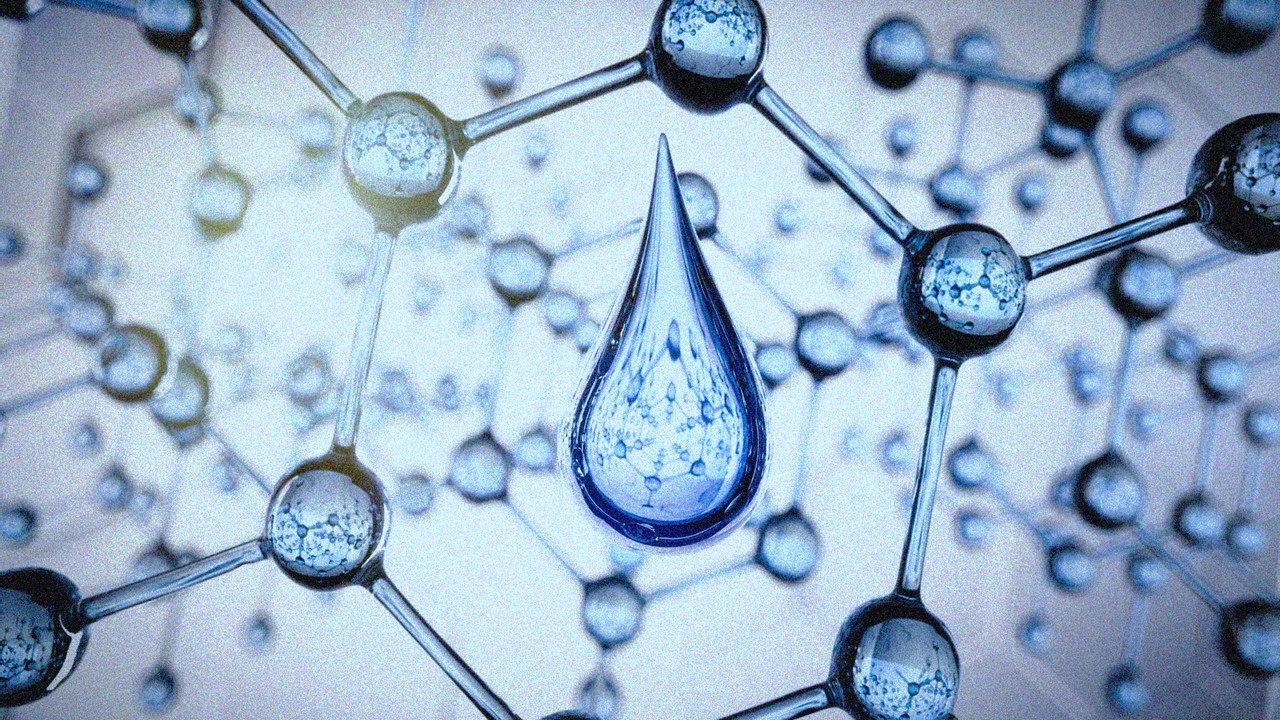
Manufacturing & Logistics
Molecular Architects: How Catalysts Revolutionize API Synthesis and Sustainability
Catalysis drives pharmaceutical manufacturing, with AI, nanotechnology, and synthetic biology advancing sustainability and efficiency.
Read More Articles
Myosin’s Molecular Toggle: How Dimerization of the Globular Tail Domain Controls the Motor Function of Myo5a
Myo5a exists in either an inhibited, triangulated rest or an extended, motile activation, each conformation dictated by the interplay between the GTD and its surroundings.

